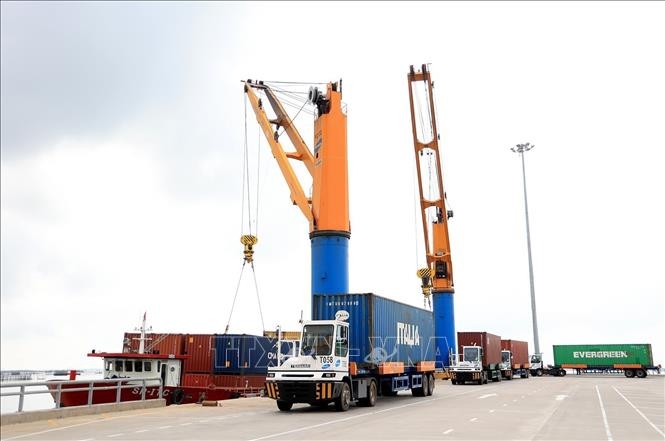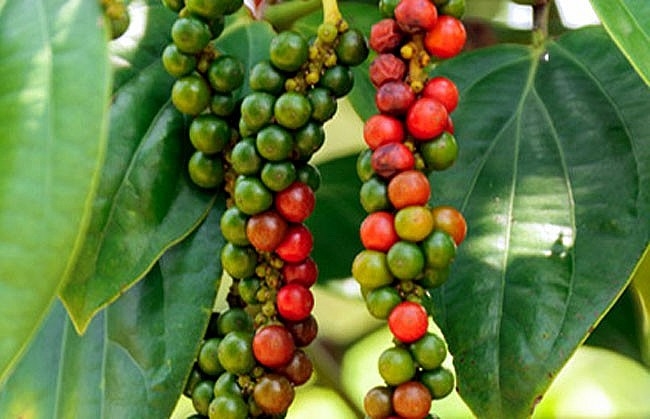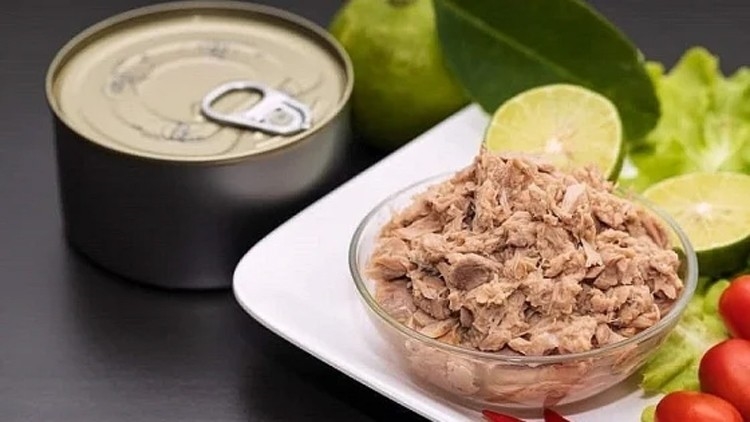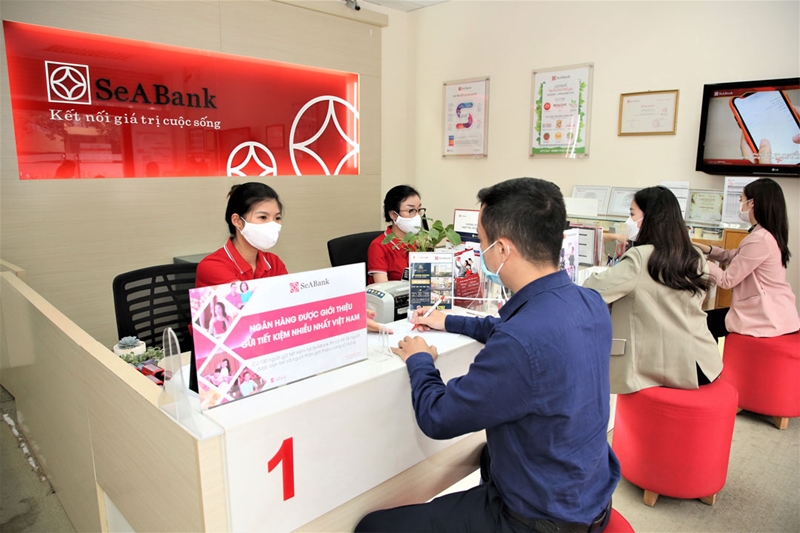 |
| Vietnam's economic growth will be driven by a recovering export sector, robust foreign direct investment, and policy support, said the IMF. (Photo: VNA) |
According to Vietnam News Agency, the organization held that exports, a key driver for the economy, could weaken if global growth disappoints, global geopolitical tensions persist, or trade disputes intensify.
“Domestically, persistent weakness in the real estate sector and corporate bond market could weigh more than expected on banks’ ability to expand credit”, the IMF said.
“Given easy monetary conditions, if exchange rate pressures were to persist for longer, it could lead to a larger pass-through to domestic inflation,” it added.
Increasing productivity, further investing in human and physical capital, and incentivising private investment in renewable energy is key to the country, according to the IMF.
Vietnam continues to be EU’s largest pepper supplier
The EU imported 18,474 tons of pepper from foreign markets in the first four months this year, worth 83.7 million EUR, an increase of 22.9% in volume and 27% in value compared to the same period in 2023, according to data from the the Statistical Office of the European Union (Eurostat).
 |
| Vietnam continues to be the largest pepper supplier in the EU . (Photo: congthuong.vn) |
In April alone, the amount of pepper imported into the EU reached its highest level since the beginning of 2023, at 5,440 tons, up 22.7% from the previous month and up nearly 40% over the same period last year. This is also the fourth consecutive month that EU pepper imports increased compared to the same period last year.
In the first 4 months of the year, the EU imported 11,359 tons of pepper from Vietnam, worth more than 48.5 million EUR, up 25.1% in volume and up 32.1% in value compared to the same period last year. This kept Vietnam the largest pepper supplier in the EU in the four months.
EU’s pepper imports from other markets also increased sharply over the same period last year, specifically 3,443 tons from Brazil (up 25.3%); 1,384 tons from Indonesia (up 32.2%) and 952 tons from India (up 9.9%).
The EU’s average imported pepper price from Vietnam reached 4,273 EUR per ton, Brazil 3,665 EUR a ton, Indonesia 5,509 EUR a ton, and India 6,646 USD a ton.
In addition to competitive prices, Vietnamese pepper export businesses have an advantage over some exporting countries such as India, Malaysia and Indonesia thanks to the EVFTA, which helps reduce import taxes on ground or crushed pepper into the EU from 4% to 0%.
The Vietnam Pepper and Spice Association (VPSA) said that the EU is a high potential market for Vietnamese pepper exports. However, to take advantage of these opportunities, the pepper industry must move towards sustainable production, because more and more European consumers are demanding certifications of product sustainability.
Opportunity for Vietnamese rice as the Philippines reduces import taxes
The Philippine Government has issued a decree to cut taxes on many products, offering opportunities for Vietnamese rice to increase exports to the country, according to the Vietnam Trade Office in the Philippines.
 |
| Rice retail store in the Philippines. (Photo: Vietnam Trade Office in the Philippines) |
Specifically, on June 20, Philippine President Ferdinand Romualdez Marcos Jr. issued a decree cutting import taxes on many products. As for rice products, the import tax will be cut from 35% to 15%, applicable until 2028.
The Vietnam Trade Office in the Philippines said that this is the latest move of the Philippine Government to deal with inflation, especially rice prices that have tended to increase continuously in the market since the beginning of the year
In the first quarter of 2024, the Philippine economic situation is relatively stable, except for the increase in prices of some essential consumer goods, especially rice, with an increase in the first quarter of 2024 of about 24.4%. Rice prices account for about 9% of the Philippines’ Consumer Price Index (CPI).
The Philippines’ new rice import tax is expected to be applied in early August 2024.
In recent years, Vietnam has always been the largest rice export partner, accounting for over 80% of the total amount of rice imported into the Philippine market. The Philippines’ rice import tax reduction will create more advantages and increase opportunities for Vietnamese rice in the market.
Mr. Phung Van Thanh, Commercial Counselor of the Vietnam Trade Office in the Philippines, said that in the first five months of this year, Vietnam is still the Philippines’ largest rice export partner with 1.44 million tons, accounting for 72.9% of the total amount of rice imported by the country.
In 2024, the Philippines expects to import about 4 million tons of rice from foreign markets.
According to some businesses, the market is quite fond of Vietnamese rice varieties of DT8 and 5451 due to their softness. Currently, Vietnamese rice dominates the Metro Manila area and the southern provinces, because Vietnamese rice is delicious and reasonably priced.
Canned tuna exports to the EU up nearly 33%
Among Vietnam’s tuna products exported to the EU in the first five months of 2024, canned tuna is the main product, accounting for nearly 49% of the total turnover, according to the Association of Seafood Exporters and Producers (VASEP).
Compared to 2023, exports of this product group increased by nearly 33%, worth more than 43 million USD. Compared to the first five months of 2023, canned tuna exports to this market bloc are on the rise.
VASEP said that Germany, Poland, the Netherlands, Italy, Cyprus and Denmark are the six largest import markets of Vietnamese tuna. In particular, Poland and Denmark are increasing imports of Vietnamese canned tuna over the same period, by 300% and 246% respectively.
 |
| Canned tuna exports to the EU reached more than 43 million USD. (Photo: congthuong.vn) |
On the contrary, the Netherlands reduced imports from Vietnam. This decrease resulted from transportation cost rise, EU countries tended to reduce tuna imports through Dutch transshipment ports and increased direct imports to reduce costs.
However, while the EU is increasing imports of canned tuna from Vietnam, it is reducing imports from most major sources. Concerns about inflation and rising prices are causing EU importers to reduce imports.
According to VASEP, Ecuador, Ivory Coast and Seychelles are the three largest canned tuna suppliers to the EU, accounting for 44% of the bloc’s total tuna import volume. Among them, Ecuador is the only country with export growth to the EU in the first months of 2024. Meanwhile, Vietnam is still a very small supply source for this market.
The association said that tuna exports to most markets witnessed increase compared to the same period in 2023. Accordingly, the two largest markets are the US and the EU, accounting for 37% and 23%, respectively, of Vietnam’s total tuna exports in the five months.
IFC invests in Vietnam’s blue bond for first time
Aiming to build a green financial market and support small and medium-sized enterprises in Vietnam, the International Finance Corporation (IFC) will provide a funding package of 150 million USD for SeABank.
 |
| Photo for illustration. (Source: thesaigontimes.vn) |
In this financing package, IFC registered to buy 25 million USD of Vietnam’s first blue bond (focusing on marine-related projects) to help SeABank mobilize more capital for sustainable economic activities with the ocean and water such as aquaculture, fisheries and clean water supply.
IFC also registered to buy green bonds (focusing on projects related to the environment) worth 50 million USD to help the bank expand financing of green assets in the fields of green buildings, renewable energy and energy efficiency.
The organization also provided 0.48 million USD in incentive fees based on SeABank’s funding performance for providing home loans to individual customers to help them offset initial investment costs for applying green building solutions.
In addition, IFC also provided a loan worth 75 million USD for SeABank to increase loans to small and medium-sized enterprises, including women-owned businesses, to promote financial inclusion.
SeABank is the first bank to issue blue bonds in Vietnam and the first domestic private commercial bank to issue green bonds.
Mr. Thomas Jacobs, IFC Country Director for Vietnam, Cambodia and Laos, said that with the investment in SeABank, IFC aims to establish new asset types, while mobilizing capital and strengthening the capacity of domestic financial institutions to promote climate finance in Vietnam.
Along with the financing package, IFC will advise SeABank on applying green and blue bond frameworks, and help the bank identify green and blue assets eligible for financing, as well as build a list of potential projects./.